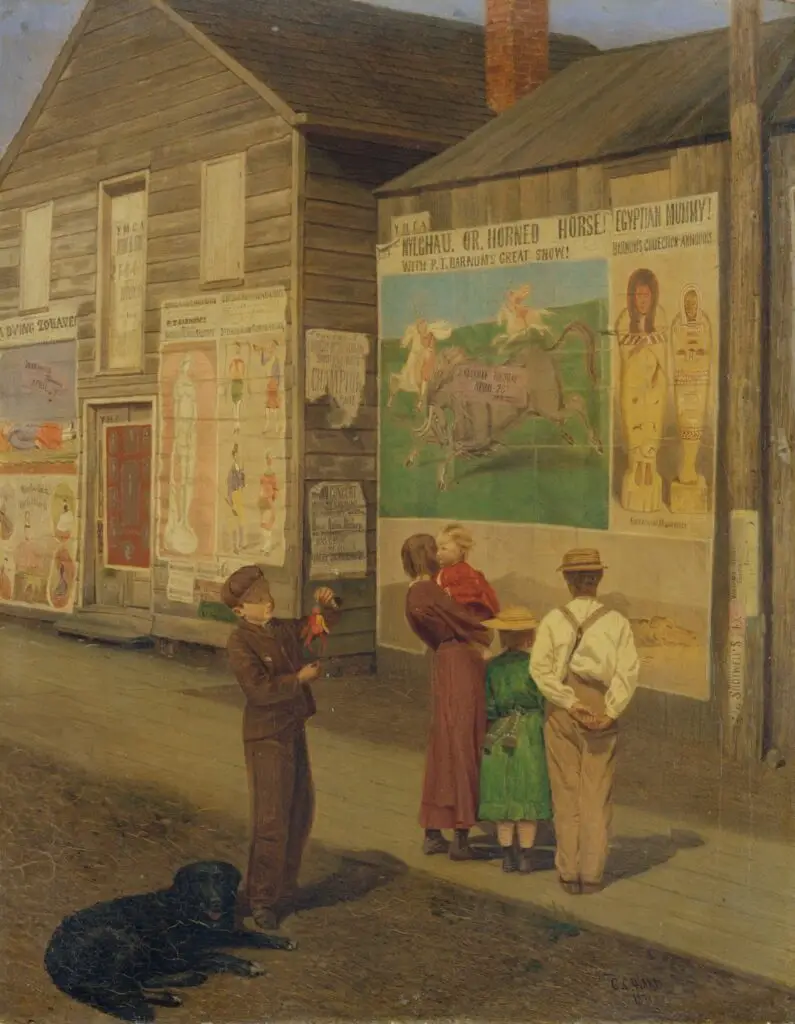83 Types Of Content To Fill Your Calendar

Looking to fill up your content calendar? Publishing blog posts all the time will quickly grow boring (and time-consuming). For a truly effective brand-building content strategy, you need to mix things up. To help you out, I’ve compiled a list of 83 types of content and explanations of how you can use each one. For […]
How To Develop A Useful Customer Persona

While buyer personas are rooted in in-depth research, the goal is to take all of the information you have about your target audience and condense it into a summary of just one person: Your ideal customer. Once you start using personas to guide your strategies, campaigns, and interactions, your audience will get the impression that […]
Getting Started with Content Marketing

Many of my new clients tell me they have a content strategy, but upon answering some questions about it, they reveal that what they actually have is a content marketing plan. While many people use the terms “plan” and “strategy” interchangeably, they are two separate concepts — and one is foundational to the other. If […]
Finding Your Personality: The 12 Brand Archetypes

With ever-increasing competition and heightening consumer standards, branding is now more important than ever before. That means that companies have to get creative with the way they present themselves (and their products and services) in order to impress consumers and convince them to buy. Of course, branding is extremely complex. When it comes to building a […]
How To Create A Content Distribution Strategy

Many businesses start a blog with the best intentions, pouring their time and energy into producing really great content, only to be discouraged when no one comes along to read it. The truth is, publishing content is only half the battle; you need a content distribution strategy to help you circulate it in front of […]

